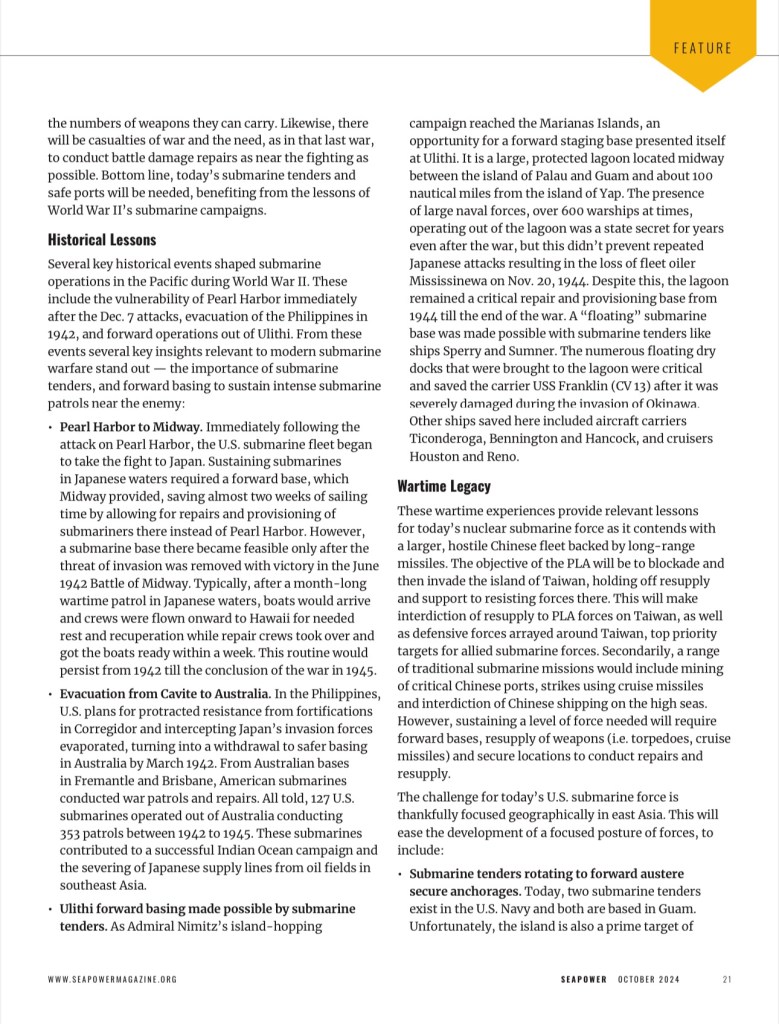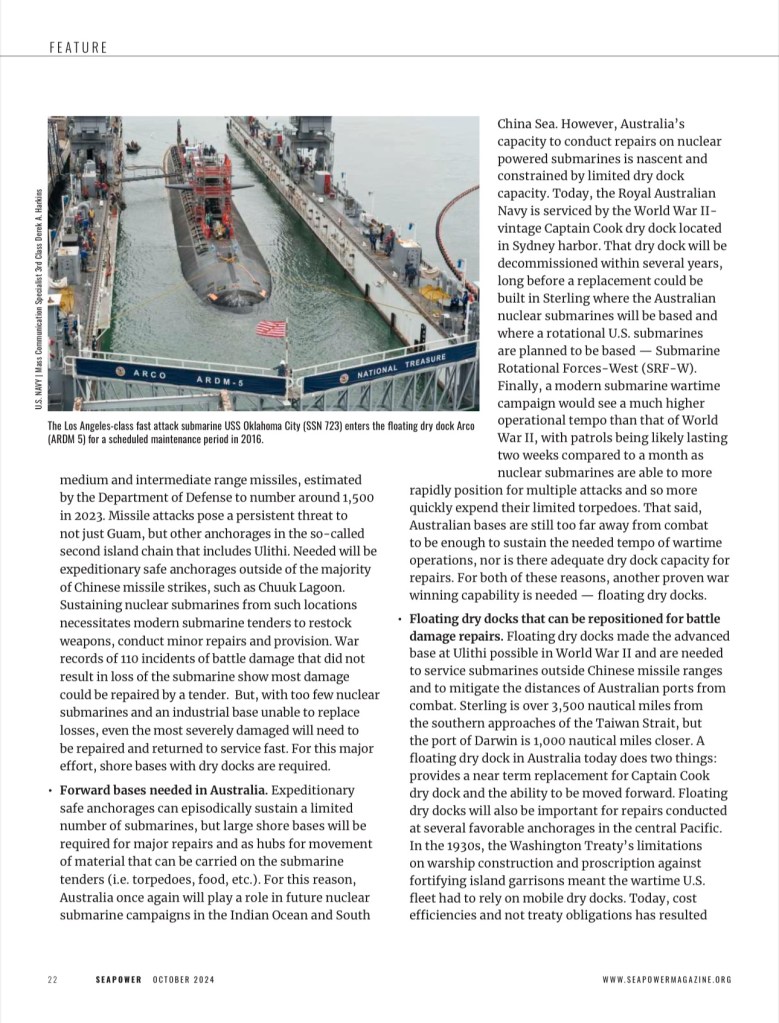Philippines Could Receive $2.5 Billion in Security Aid from U.S. Defense Bill
Read More »Tag: Forward operating bases
Japan Is Strengthening the Philippine Navy to Deter China in the South China Sea +
As global attention focuses on China and Japan, Tokyo and Manila are quietly deepening their economic and “defense” ties.

Why Does Trump Want U.S. Troops Back in Afghanistan?
Chinese ship runs aground off Philippines-occupied island in the disputed South China Sea + More
Philippines’ Aggressive Territorial Claims In South China Sea: A New Threat to Regional Stability
Philippine President Ferdinand Marcos Jr. has appointed a new Navy chief (Rear Admiral Jose Ma. Ambrosio Ezpeleta) amid tensions in the South China Sea, which include a number of maritime drills which are perceived as provocations by Beijing. One such military exercise earlier this month, for instance, included drills to simulate seizing an island in the disputed South China Sea. Last month Manila held military exercises in the same Sea together with Canada, Japan, and the United States, as part of Exercise Sama Sama 2024. The Philippines are also officially expanding their maritime claims. These developments are all connected.
Philippines’ Aggressive Territorial Claims In South China Sea: A New Threat to Regional Stability (archived)
Related:
What’s Really Going On In the South China Sea Between the Philippines and China
US Missile Agency Scales Back Guam Defence Plans + More
US Missile Agency Scales Back Guam Defence Plans
The project is designed to create “360 degree” protection for the U.S. Pacific territory from missile and air attacks of all kinds, the agency said. Plans include integrating Raytheon’s SM-6, SM-3 Block IIA, Lockheed Martin’s THAAD, and the Patriot PAC-3, which uses components from both companies, over about 10 years.
…
Read More »
MaryKay Carlson is The Cartoon + More
Part One: Americans Prospecting GenSan as EDCA Site
In a flash, May Kay Carlson proved she is part of the problem President Bongbong Marcos Jr. has created with China rather than any solution.
Related:
US envoy says China’s maritime claims a ‘cartoon’
Read More »Looking Back, Looking Ahead: World War II Provides Lessons for Pacific Submarine Posture




Previously:
South China Sea: Maritime Counterinsurgency:
Brent Sadler is with the Heritage Foundation:
Its initial funding was provided by Joseph Coors, of the Coors beer empire, and Richard Mellon Scaife, heir of the Mellon industrial and banking fortune. Its founders include Paul Weyrich and Mickey Edwards. The Foundation maintains strong ties with the London Institute of Economic Affairs and the Mont Pelerin Society.SourceWatch
Richard Mellon Scaife (Mellon family), Committee on the Present Danger/Members, Scaife Foundations (WikiSpooks), Atlas Network, Kock Network, State Policy Network, ALEC, Council for National Policy
Sabina shoal new US tension spot
While one side of the split personality of PBBM worked out with China a deesclation scheme for the Ayungin Shoal Rotation and Resupply (RORE) missions to the unrealizable U.S. Forward Operating Base (US-FOB) BRP Sierra Madre frustrating its “assertive transparency” strategy, the other lobotomized side of BBM’s brain taken over by the Americans thought up the Sabina Shoal BRP Sierra Teresa Magbanua US-FOB as a new locus for tension to propagandize.
Sabina shoal new US tension spot
NO to US-BBM War, NO to EDCA Bases! Blinken-Austin Get Out, Stay Out!
The Philippines and China have just restored peace and stability in the areas of the South China Sea contested by the two countries in a July 21, 2024 “de-escalation” deal that aimed at “easing tensions.”
NO to US-BBM War, NO to EDCA Bases!
Blinken-Austin Get Out, Stay Out!
Related:
NO to US-BBM War, NO to EDCA Bases! – Cebu
NO to US-BBM War, NO to EDCA Bases! Blinken-Austin Get Out, Stay Out! Forum Statement
Washington’s Use and Abuse of the Philippines Takes Next Step

You must be logged in to post a comment.